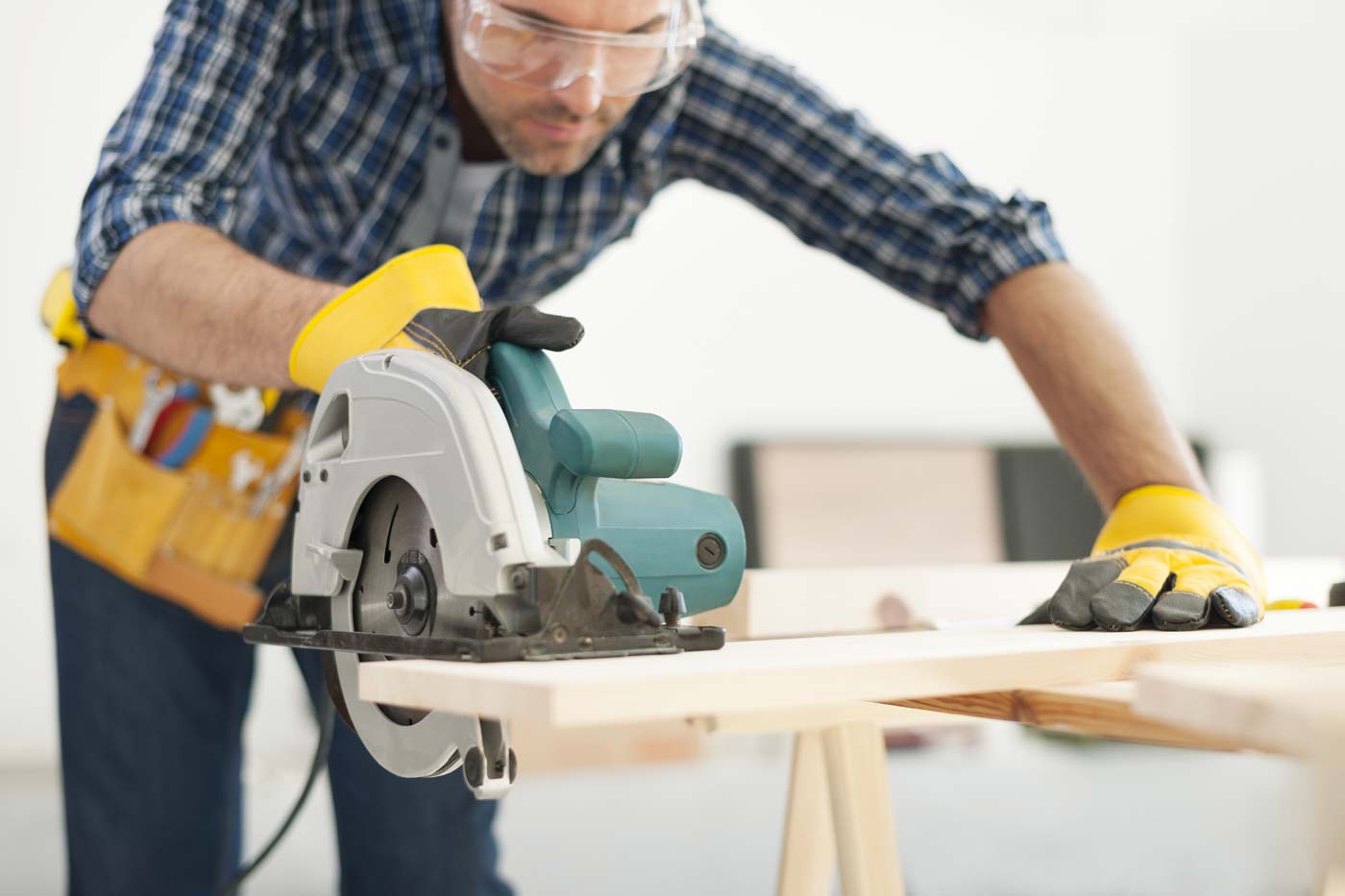Despite being commonplace in homes and toolbelts, hand and power tools are not always as easy to use and operate as they may seem. Improper usage sends approximately 400,000 people visit the emergency room yearly with injuries caused by these tools, with nail guns and table saws accounting for a significant number of them. Naturally, some of this comes from human error, but sometimes, there are forces beyond the user’s control that are to blame. But these incidents can be controlled and eliminated by proper awareness and training.

Like many things in everyday life, hand and power tools need maintenance, which may come as a surprise, especially for non-electric tools like hammers and wrenches. All tools have lifespans, and as they are used, they wear down and get closer to failing or breaking. Hammer heads can break off and strike someone, chisels can shatter and send sharp fragments flying, wrench heads can get loose and slip. Workers must be aware of these risks, but it is also important for construction site managers and operators to provide quality and functional tools to create a successful work environment.
The specific details of OSHA’s Hand and Power Tools standards and guidance can be a lot to process, but United Safety Professionals is ready to help break everything down for you to make sure that you and your employees can use these tools properly and safety. We offer both 10-hour and 30-hour OSHA construction training programs that will give you a full understanding of all the steps to take to create a safe and productive work environment, including the proper maintenance and usage of hand and power tools. You can also find a number of online training programs that allow you to learn about relevant and related guidelines at your own convenience
